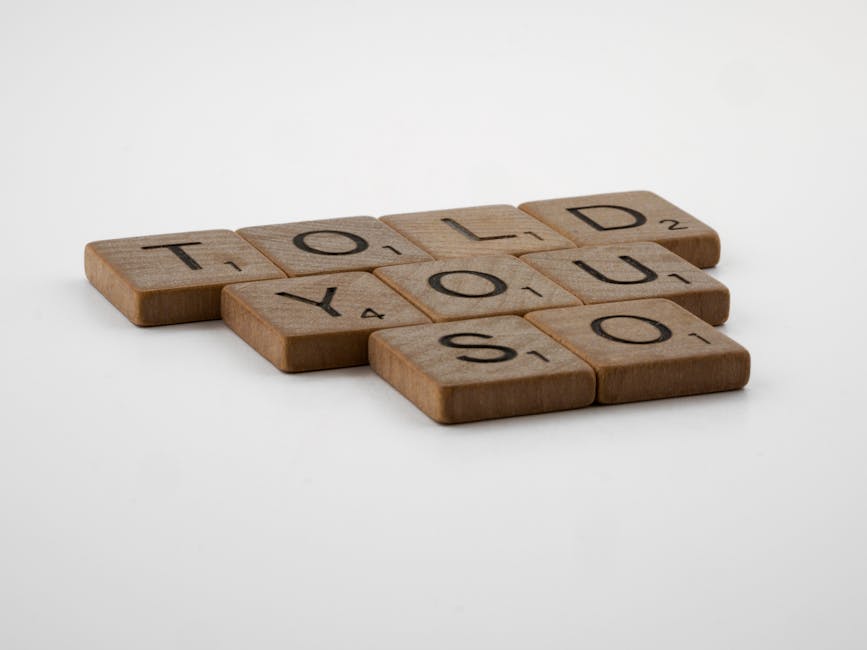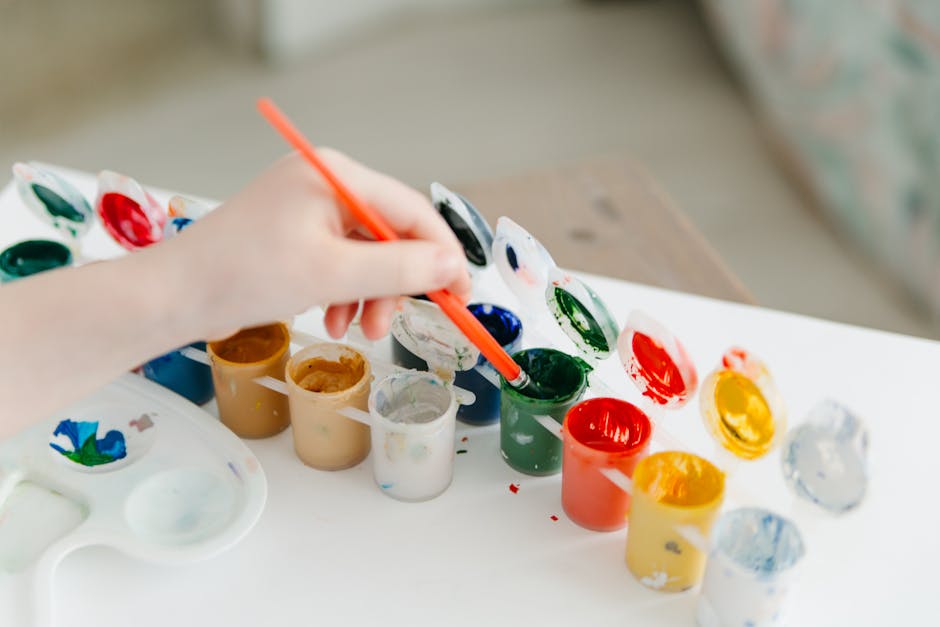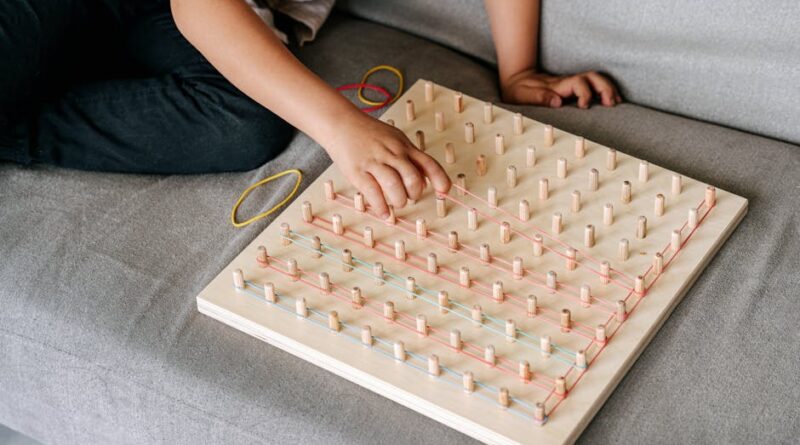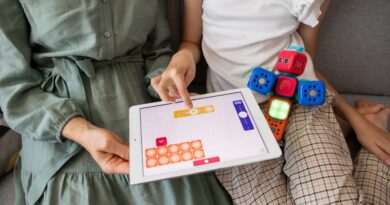Unlocking the Power of Homemade Educational Games
When it comes to learning, we often think of textbooks, lectures, and traditional classroom settings. However, educational games offer a unique and engaging way to impart knowledge while keeping learners entertained. In a world where technology dominates our lives, creating homemade educational games can be a fun and effective way to enhance learning experiences. In this comprehensive guide, we will explore the ins and outs of crafting homemade educational games, from the benefits they offer to practical tips for designing your own games.
The Benefits of Homemade Educational Games

Homemade educational games come with a myriad of benefits for both educators and learners. These games can make learning more interactive, engaging, and enjoyable, ultimately improving retention and comprehension. By incorporating game elements such as challenges, rewards, and competition, educators can create a dynamic learning environment that motivates students to actively participate and learn.
Moreover, homemade educational games can be tailored to suit the specific needs and learning styles of individual students. They can address different skill levels, accommodate diverse learning preferences, and provide personalized feedback to help students improve. Additionally, these games can foster collaboration and teamwork among students, encouraging them to work together towards a common goal.
Furthermore, homemade educational games can be a cost-effective alternative to commercial educational materials. By using readily available materials and resources, educators can create engaging learning experiences without breaking the bank. This DIY approach also allows for greater flexibility and creativity in designing games that cater to the unique interests and learning objectives of students.
Designing Homemade Educational Games

Creating homemade educational games involves a combination of creativity, strategic thinking, and pedagogical knowledge. The process begins with identifying the learning objectives and content that you want to reinforce through the game. Whether you are focusing on math concepts, language skills, or scientific principles, it is essential to align the game mechanics with the learning outcomes you aim to achieve.
Once you have defined the learning objectives, you can start brainstorming ideas for the game design. Consider the age group of your target audience, their interests, and the resources available to you. You can draw inspiration from popular game formats such as board games, card games, or digital games, and adapt them to suit the educational content you want to convey.
When designing the game mechanics, think about how to integrate educational content seamlessly into the gameplay. This could involve incorporating quizzes, puzzles, or challenges that require players to apply their knowledge and problem-solving skills. Consider adding elements of competition, collaboration, or exploration to make the game more engaging and interactive.
It is also important to consider the accessibility and inclusivity of the game design. Ensure that the game instructions are clear and easy to understand, and that all players have an equal opportunity to participate and succeed. Consider incorporating elements of universal design to accommodate diverse learning styles and abilities.
Finally, test the game with a small group of students or peers to gather feedback and make improvements. Observe how players interact with the game, note any challenges or issues they encounter, and solicit suggestions for enhancing the gameplay. Iterating on the design based on feedback will help you create a more engaging and effective educational game.
Examples of Homemade Educational Games

There are countless examples of homemade educational games that have been created by educators, parents, and students around the world. These games span a wide range of subjects and formats, showcasing the creativity and innovation that can be achieved through DIY game design. Here are a few examples to inspire your own creations:
One popular homemade educational game is a math board game designed to help students practice arithmetic skills. Players move around the board by solving math problems, earning points for correct answers, and facing challenges that test their mathematical knowledge. This game not only reinforces math concepts but also encourages critical thinking and strategic decision-making.
Another example is a DIY language card game that helps students improve vocabulary and grammar skills. Players match words with their definitions, form sentences using given phrases, or identify synonyms and antonyms to earn points. This game promotes language fluency, comprehension, and creativity, making learning fun and engaging.
A more elaborate example is a science-themed escape room that challenges students to solve puzzles and complete experiments to unlock clues and escape the room. This game integrates scientific principles with problem-solving skills, teamwork, and critical thinking, creating an immersive and interactive learning experience.
Tools and Resources for Homemade Educational Games

Creating homemade educational games may seem daunting at first, but there are plenty of tools and resources available to help you get started. From game design software to online tutorials and community forums, you can find support and guidance to bring your game ideas to life. Here are some recommended tools and resources to explore:
Game Design Software
Software such as Scratch, GameMaker Studio, or Unity can help you design and develop your own educational games without requiring advanced programming skills. These platforms offer user-friendly interfaces, drag-and-drop functionality, and pre-built assets that you can use to create interactive and visually appealing games.
Online Game Design Courses
Platforms like Coursera, Udemy, or Khan Academy offer online courses on game design, game development, and educational technology. These courses cover topics such as game theory, game mechanics, and instructional design, providing you with the knowledge and skills to design effective educational games.
Community Forums and Websites
Joining online communities such as Reddit’s r/gamedev or the Game Design Stack Exchange can connect you with like-minded individuals who share your passion for game design. These forums offer valuable insights, tips, and feedback on game projects, as well as resources for learning and improving your game design skills.
Common Misconceptions about Homemade Educational Games
While homemade educational games offer numerous benefits, there are some common misconceptions that may deter educators from incorporating games into their teaching practices. One misconception is that educational games are only suitable for young children or specific subjects, such as math or science. In reality, educational games can be designed for learners of all ages and across various disciplines, from history and literature to art and music.
Another misconception is that educational games are time-consuming to create and require extensive technical skills. While designing complex digital games may require specialized knowledge, homemade educational games can be simple and straightforward to create using basic materials and resources. By starting small and focusing on the learning objectives, educators can design effective educational games that enhance the learning experience without overwhelming themselves.
Conclusion
To wrap things up, homemade educational games offer a creative and engaging way to enhance learning experiences and make education more interactive and enjoyable. By designing games that align with learning objectives, cater to diverse learning styles, and promote collaboration and critical thinking, educators can create dynamic and effective learning environments that motivate and inspire students. Whether you are a teacher, parent, or student, creating homemade educational games can be a rewarding and enriching experience that transforms the way we learn and teach.




